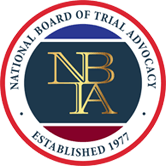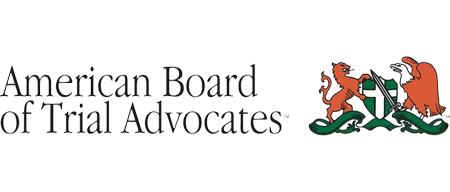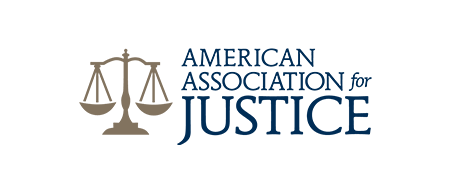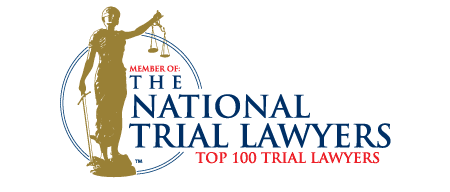Accidents involving large commercial trucks are often severe. In general, the severity of these accidents revolves around the size and weight discrepancy between the larger trucks and smaller passenger vehicles on the roadway. However, underride accidents are particularly devastating. These incidents occur when the smaller passenger car rides under the larger commercial truck, which often results in the shearing off of the top of the car.
Understanding the Mechanisms of an Underride Accident
When we look at data available from the New Mexico Department of Transportation, we can see that large truck crashes do occur throughout the state each year. During the latest reporting year we have on file, there were nearly 3,000 total accidents involving heavy trucks. Out of these incidents, there were:
- 75 fatalities
- 90 suspected serious injuries
- 380 suspected minor injuries
- 644 possible injuries
What the data does not show is how many of these accidents were considered “underride accidents.” Anytime a smaller vehicle collides with a larger vehicle on the roadway (i.e. commercial trucks), there is a potential for serious injuries and property damage. Large commercial trucks typically sit much higher off the roadway than most passenger vehicles around them. This height difference means that any collision could end up with the smaller vehicle slamming into and riding right underneath the larger truck.
When this type of incident occurs, it often means that the top part of the smaller vehicle is sheared off either partially or completely, depending on the force of the crash. Unfortunately, this often ends in disaster for those inside the vehicle at the time the collision occurs. It is not uncommon for underride collisions to lead to severe injuries or fatalities.
Common Causes of Underride Accidents in New Mexico
Underride accidents occur in various ways throughout New Mexico. Often, the fault for these incidents will fall onto the passenger vehicle driver involved in the collision. This can occur if the driver fails to obey traffic laws, was operating while distracted by something in their vehicle, or was impaired by alcohol or drugs.
However, there are times when truck companies or the truck driver could hold responsibility for underride accidents. Some of the most common causes of underride accidents where a truck company or driver could be at fault include:
- Large trucks coming to a sudden stop, leading to a rear-end underride crash
- Truck drivers failing to travel with the flow of traffic
- Truck drivers not using reflective triangles or lights around their vehicle when they have to stop on the roadside
- Truck drivers not completely pulling off the side of the road if they have to pull their vehicle over for any reason (leaving the tail end of the truck in oncoming traffic)
- Truck drivers failing to use emergency flashers when stopped on the roadside
- Mechanical failure of the truck that causes it to breakdown on the roadway
- Defective or faulty lights along the sides of the truck
- Defective, dirty, or dim brake or tail lights
Underride guards refer to a device is installed on a larger truck that helps prevent underride accidents from occurring. Typically, these are metal bars or plating that run alongside and behind a truck. Currently, underride guards are only required along the back of large commercial trucks on the roadway in New Mexico. There has been significant discussion in Congress about requiring truck companies and independent owner-operators to install underride guards along both sides of the truck and not just on the rear.
 Knowledge Experience Compassion Service
Knowledge Experience Compassion Service 






